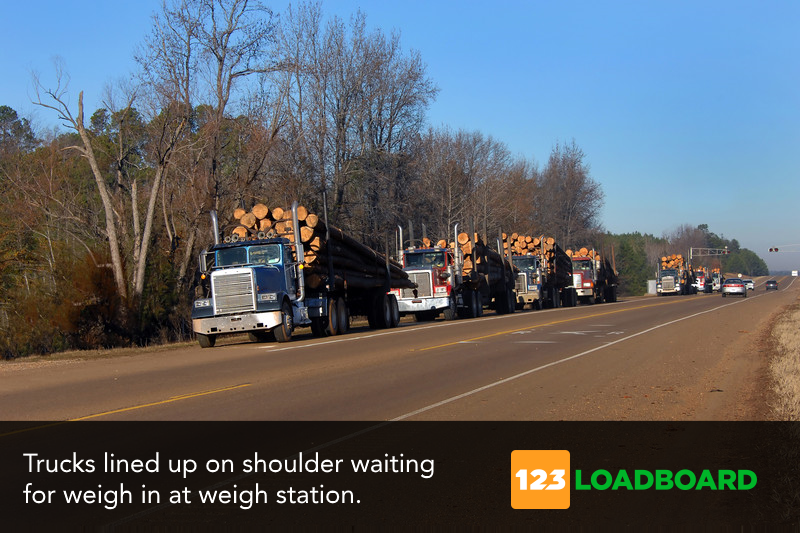What is a Weigh Station?

If you’ve recently entered the trucking industry and you’re now working for a growing fleet operator, you might have heard of weigh stations. These stations can often be critical to your safety on the road as a truck driver, and so we’re addressing the question “What is a weigh station?”
Weigh Stations Are Important for the Safety of All Drivers
The first element to review when discussing weigh station locations is their safety benefits. They operate as a designated step at which the Department of Transportation (DOT) inspects and weighs a vehicle to ensure truckers are driving with a safe load. The maximum weight-load for a truck in the United States is 80,000 lbs, and overweight vehicles can cause problems with the structure of the road and have the potential to reduce driving safety.
What Happens When You Go to a Weigh Station
When traveling to another state, you’ll notice green signs along the highway with “weigh station” written on them. When the station is open, you must exit the highway and enter the station. You will then be guided to the scales to have your truck weighed. Some stations have rolling scales that allow the truck to drive over them and be weighed.
Once your truck is verified to weigh under 80,000 lbs, it will then be cleared for you to drive on the highway. The DOT may flag your vehicle for a range of reasons, including flat tires, cracks in the wheel rims, and oil leaks.
The Inspection Process
After your truck is weighed, you will go through the inspection process, which involves the DOT representative entering your DOT number into a computer and reviewing your driving hours. They conduct this process to ensure you and your trucking company are not in violation of the hours-of-service laws. The DOT places strict regulations on the number of hours that a driver can be on the road in their truck consecutively. That rule ensures driver safety and that the driver takes their mandatory breaks.
The regulations from the DOT state that:
● Drivers should have no more than 60 hours total driving in seven consecutive days on duty.
● Drivers should have no more than 70 consecutive hours of driving in eight consecutive days on duty.
● There should be a maximum of 11 hours driving during a 14-hour period.
● Drivers should take the required 10 hours off after 11 hours of driving.
What Can the DOT Do If Regulations Are Not Met?
In cases where a truck is not being serviced effectively and has been flagged for maintenance issues, the vehicle may be towed by a local towing company. In this instance, the trucking company must show the DOT that the flagged repairs have been completed before the vehicle can be placed back on the road.
Our trusted team has decades of experience handling trucking questions and guiding stakeholders within the industry. To learn more about weigh stations and their value, call us directly.


Give us your opinion!